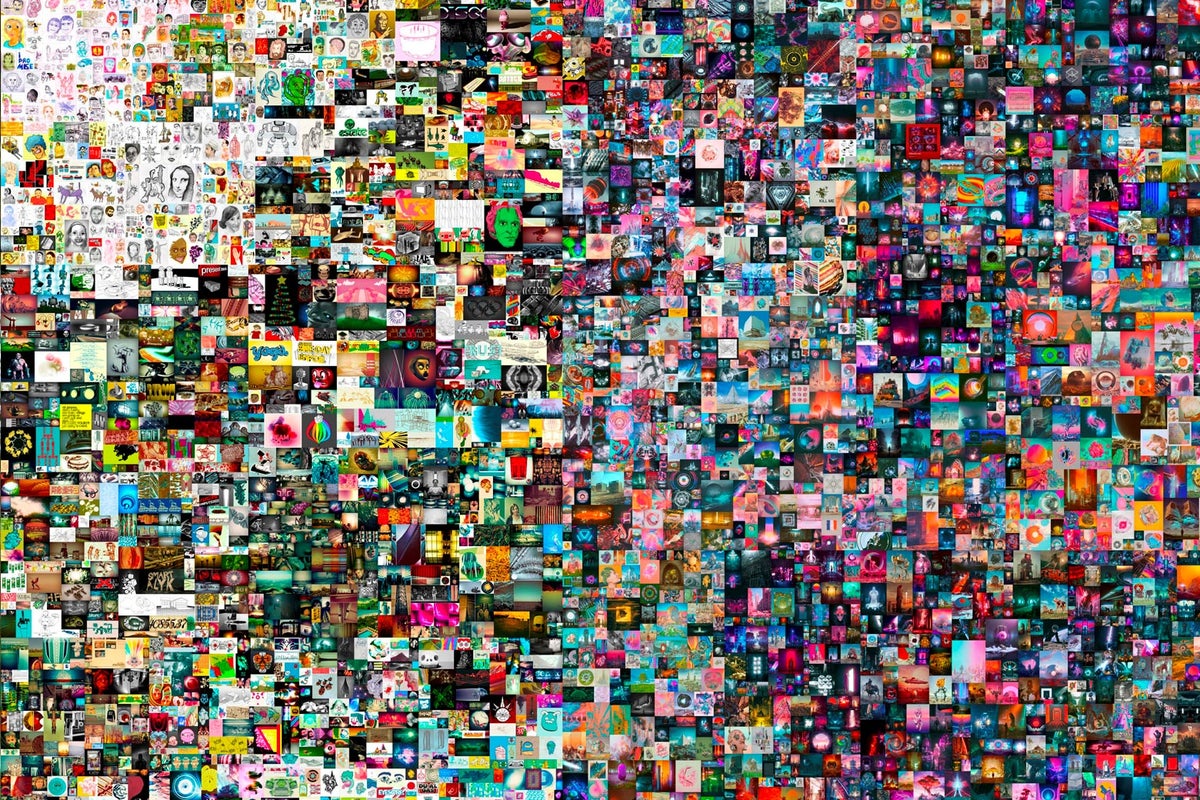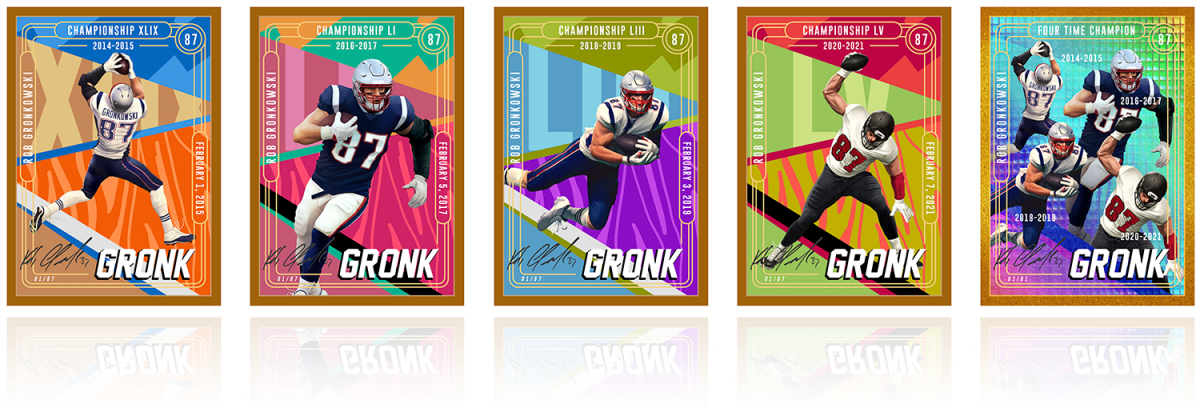There are an endless amount of potential applications for NFTs – they’re far from just JPEGs with a price tag, despite what the laziest detractors might want you to believe. However, since we’re still in the early stages of NFTs, it might be some time before we see more projects similar in scale to Ethereum founder Vitalik Buterin’s Soulbound Tokens.
As such, NFT projects these days typically fall into one of seven categories. Here’s everything you need to know about them.
1. PFPs and Avatars
Without a doubt, this format is what most internet users outside the NFT sphere think of when they think of NFTs. That’s by design — a quick search of ‘NFTs’ on Twitter will net you a sea of tweets from users with avatars consisting of Bored Apes, CryptoPunks, Cool Cats, Doodles, and all their offshoots and spinoffs.
Owners of a PFP or avatar NFT are free to use them on their own social media profiles, most often as a digital flex. All that online flexing comes with one major benefit to the overall NFT community: they’re essentially free ads for NFTs as a whole. Since the NFT boom of 2021, numerous celebrities have sported PFP NFTs on their social media profiles. We’re even seeing artists like BLOND:ISH showcase their PFP NFTs on their Spotify profiles.
2. One-of-one (1/1) artwork
During the minting phase of NFTs, creators have to option to split up their work into multiple editions that may only differ on the blockchain end of things. Meaning, that different editions of the same piece may appear identical to each other visually, but possess different edition numbers or token IDs.

While this is great for increasing availability for an artist’s work, some creators opt to go the exact opposite route and mint their work as a one-of-one NFT. Going this route means only one person may own the piece at any given time, inherently giving it more value on the open market. As evidenced by artists like Beeple, XCopy, and Pak raking in millions from their 1/1s, this strategy makes the most sense for creators hoping to utilize the scarcity imposed by NFTs on digital goods to their advantage.
3. Generative art
Generative art is exactly what it sounds like — art that has been generated by a computer in some way. While often created by a generative algorithm or artificial intelligence (AI), some works created by physical robots fall under this definition as well.
Generative art has experienced a renaissance and market boom due to NFTs, with projects like Art Blocks, Autoglyphs, and Braindrops pushing the envelope for the art form. We’re even seeing projects utilize generative art to create NFT merchandise for writers, giving them a solid entryway into the space.
4. Collectibles
The recent boom of the sports trading card and memorabilia market hasn’t just happened IRL: it’s also taking place online, as evidenced by projects like NBA Top Shot. Despite that project’s well-documented rise and fall, collectibles remain a viable format for NFT projects, especially when they’re related to already-popular IP.

Just like their real-world counterparts, NFT collectibles can have varying degrees of rarity, and thus value. This makes them attractive to enthusiasts and collectors alike, who’d fork over a pretty penny in the pursuit of completing their collections.
5. Photography NFTs
Photography NFTs are growing in popularity and are poised to see continued growth in 2022 as more established photographers hop aboard the platform. Thus far, we’ve seen photographers like Julie Pacino, Justin Aversano, and J.N. Silva find success plying their trade in the NFT space.
As this segment of NFTs continues to grow, we expect to see more creators incorporating photography with other creative disciplines to explore the previously uncharted creative territory in the space.
6. Music NFTs
At this point, most people are aware of the music industry’s failure to provide artists with sustainable ways to make a living off of their work. While streaming services take most of the revenue, the musicians struggle. This is where music NFTs come in.
A music NFT is a tokenized version of a piece of music, such as a song, album, or even a music video. Thanks to NFTs and blockchain technology, artists now have the opportunity to earn money while still retaining their creative control using platforms like Sound.xyz, Royal, and OneOf’s CO//SIGN program. Some music NFTs also allow owners to share in the value of the release. 3LAU’s Royal startup, for example, allows fans to invest in an artist’s work.
7. Gamified NFTs
With NFT-driven play-to-earn (P2E) games — also known simply as “crypto games” — players can own in-game assets like skins, weapons, digital accessories, characters, and virtual land in the metaverse, and trade these digital assets to earn financial rewards. Some of the most popular games include Axie Infinity, Gods Unchained, and Decentraland.
Not all gamified NFT projects are play-to-earn games, though. We’ve also seen projects like Parallel that gamify the overall collecting experience.

